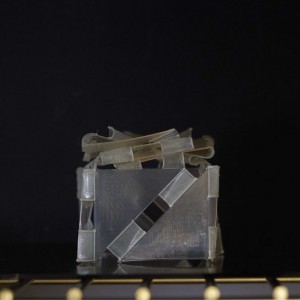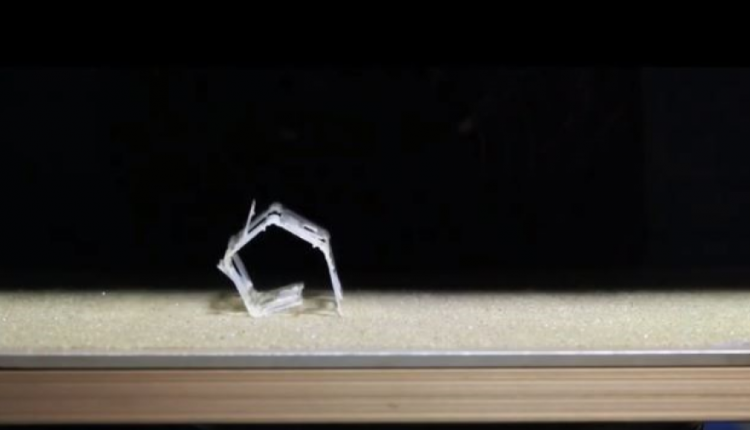Most soft robots use external power and control, which can limit their functionality and range as they stay tethered to off-board systems or carry hard components. But what if a robot could respond to external stimuli like heat, to operate completely untethered?
Researchers from the Harvard John A. Paulson School of Engineering and Applied Sciences (SEAS) and Caltech have drawn from the principles of origami, the ancient art of paper folding, to develop soft robotic systems that can move and change shape in response to external stimuli. The developments could pave the way for fully untethered soft robots.
The researchers turned to origami to create multifunctional soft robots. Through sequential folds, origami can encode multiple shapes and functionalities in a single structure.
The secret to the soft robots is in the hinges. Using materials known as liquid crystal elastomers that change shape when exposed to heat, the research team 3D-printed two types of soft hinges that fold at different temperatures.
By 3D printing active hinges, the researchers can program the temperature response, the amount of torque the hinges can exert, their bending angle, and fold orientation.
To demonstrate this method, Kotikian, McMahan, and the team built several soft devices, including an untethered soft robot nicknamed the “Rollbot.” The Rollbot begins as a flat sheet, about 8 centimeters long and 4 centimeters wide. When placed on a hot surface one set of hinges folds and the robot curls into a pentagonal wheel.

Another set of hinges is embedded in each of the five sides of the wheel. A hinge folds when in contact with the hot surface, propelling the wheel to turn to the next side, where the next hinge folds. As they roll off the hot surface, the hinges unfold and are ready for the next cycle.
While this research only focused on temperature responses, liquid crystal elastomers can also be programmed to respond to light, pH, humidity and other external stimuli.
As materials can be 3D printed and programmed to perform increasingly complex tasks, researchers see the line between materials and robots becoming blurred.
Source: Harvard John A. Paulson School of Engineering and Applied Sciences (SEAS)

